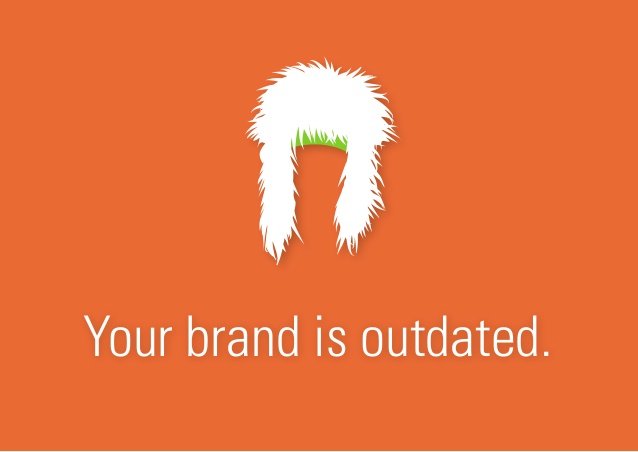Back in 2015, there were around 50 million business pages on Facebook. In 2016, that number climbed to 60 million. 76% of small businesses in the United States are using social media, with 91% of them having a presence on Facebook, 55% on Twitter, and 52% on Instagram.
What these numbers show is that, even though the current digital marketing landscape has given businesses the chance to reach an unprecedented number of customers, it also gave room for a lot of noise for business to cut through. Now, maybe more than ever, it’s important for businesses to stand out.
Big businesses and one-person operations alike invest time and money into branding to differentiate themselves from the crowd. And it can work, for businesses of any size, if they avoid making some of the common branding mistakes.
1) Inconsistent Branding
How many different places are there where your brand displays its logo? Physical signage, brochures, product packaging, marketing and advertising materials are standard. Add to them email signatures, websites, every social media profile, and every piece of content your brand produces.
But even if you get the easy part right and make sure you’re using the same logo every time, your branding will still have plenty of room to be inconsistent. Colors and typography need to be consistent as well. The values and personality your brand projects through communication also need to be on point.
According to Jacob Tyler, a branding agency from San Diego, consistency is paramount to maintaining a brand identity. Without it, your brand will lose consumers’ trust, it will become less recognizable, and it will create a lot of unnecessary confusion.
2) You’re Not Giving Enough Thought to Content
Today, it’s very hard to avoid social media when building a successful brand. And you can’t talk about branding via social media without talking about – content.
Content is an important factor in the new, increasingly digital, business environment. According to the New Jersey Institute of Technology, consumers put three times more stock in a brand’s content than in its employees. Four out of five consumers rely on the authenticity of a brand’s content the most when deciding whether to follow a brand. And roughly as many consumers judge the credibility of information found in a brand’s content on the type of content.
What does this mean for your brand? Above anything else, you can’t avoid having a content strategy that relies on producing high quality, authentic content with a high degree of transparency.
3) Your Branding Doesn’t Reflect the Changes in Your Business
Businesses are in a constant process of change, as is the way business is being done. And when your business changes in a significant way, the branding should reflect it.
Here’s an example. Back in 2013, the freelancing platform oDesk purchased its rival, Elance. The newly formed company went by Elance-oDesk while Elance was being phased out, and was eventually rebranded as Upwork.
This is the kind of a shift that almost warrants rebranding. Smaller changes in your business might warrant smaller changes in your branding – when you change focus to a different segment of the market, for example, the very least you could do is adjust your brand message. Your brand should represent your business and speak to your customers at all times, and if either your business or your customers change, so should the brand.
4) Your Branding is Outdated
Branding, especially visual branding, is susceptible to trends. It is, after all, at least partially an art, and just think about how many art movements have come and gone over the past hundred years.
If you look at logos of some famous brands, you’ll notice that even the most recognizable logos have changed over time. Right now, the trend says that simple lines and bold colors are in fashion. Twenty years from now, things might change.
And it’s not just your brand’s logo that needs to heed the current trends. Web design is a field where everything is moving quickly, and it’s easy to notice when a brand falls behind. In the mid-2000s, for example, web pages were narrow, and they were designed for a visitor who doesn’t like scrolling. In the past, the number of fonts that could be used in web design was limited, but today there’s much more choice. And while they weren’t as present in the past, you can’t have a website without a plethora of icons today.
One of the biggest mistakes businesses make in branding is not looking for help. These mistakes, no matter how apparent they might seem, are very easy to slip by. Having someone who not only has the expertise needed to develop a brand but also provides an outsider perspective is one of the best ways to avoid hurting your business with bad branding.




